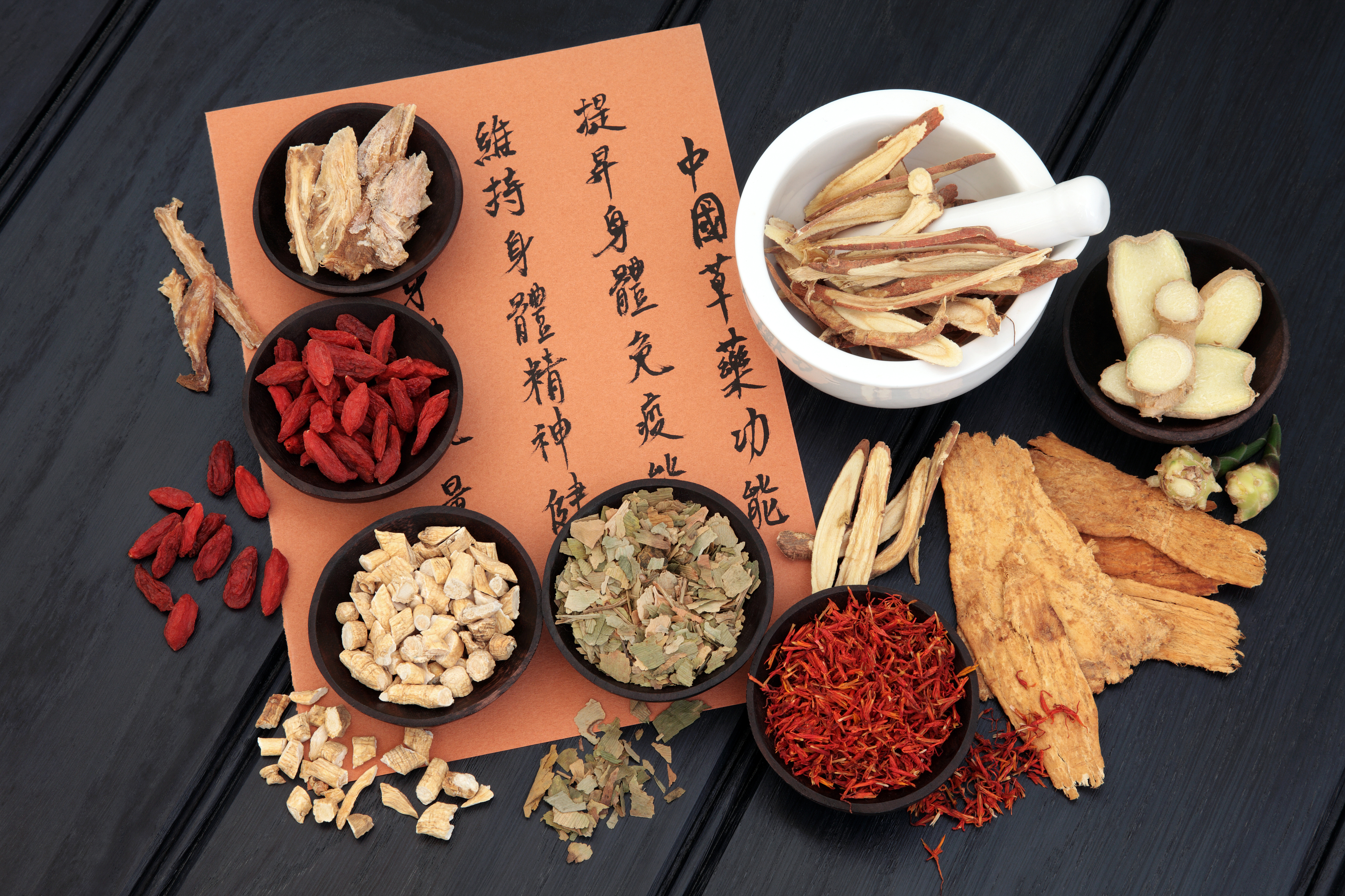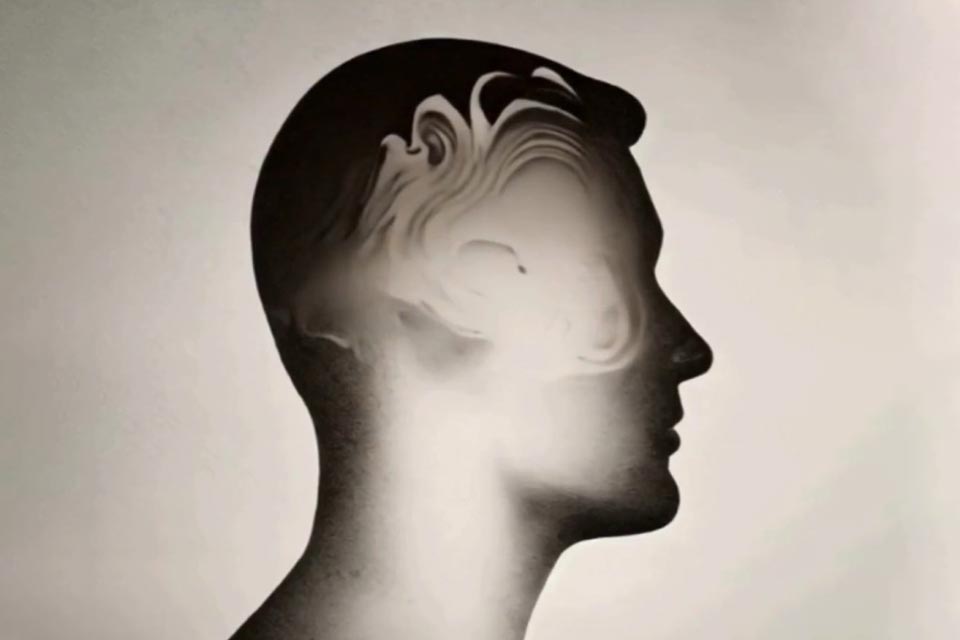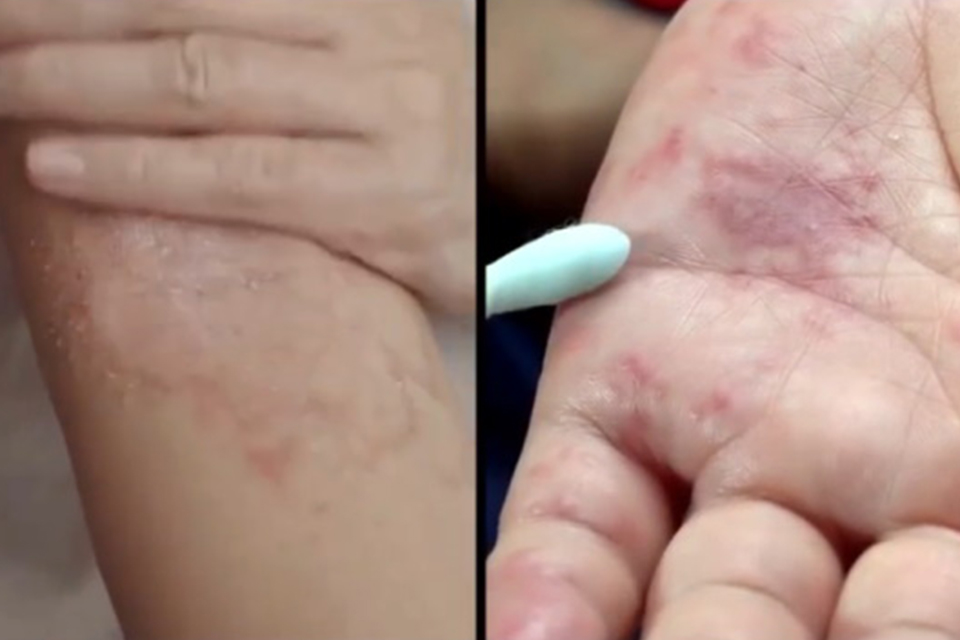

The Centre builds on a long history of successful collaboration between RMIT University and the Guangdong Provincial Academy of Chinese Medical Sciences. Together, these institutions aim to advance traditional Chinese medicine education, research and clinical care.
An advisory committee, co-chaired by representatives from RMIT University and Guangdong Provincial Academy of Chinese Medical Sciences, reviews the Centre’s progress.

This short video outlines what Alzheimer’s disease is, modern and classical Chinese medicine treatments for it, and findings from research into classical Chinese medicine literature and modern Chinese medicine clinical studies. It’s based on research published by the China-Australia International Research Centre for Chinese Medicine in Evidence-based Clinical Chinese Medicine Volume 8: Alzheimer’s disease.

This video explains atopic dermatitis, describes classical and modern Chinese medicine treatments for it, and highlights findings from modern Chinese medicine clinical studies. The information in this video is adapted from the book Evidence-based Clinical Chinese Medicine Volume 16: Atopic dermatitis, written by researchers from the China–Australia International Research Centre for Chinese Medicine.
Location: Melbourne Bundoora campus , Building 202 , Level 4
Email: cairccm.rmit@rmit.edu.au
Phone: +61 3 9925 7758
RMIT University PO Box 71, Bundoora VIC 3083 Australia


RMIT University acknowledges the people of the Woi wurrung and Boon wurrung language groups of the eastern Kulin Nation on whose unceded lands we conduct the business of the University. RMIT University respectfully acknowledges their Ancestors and Elders, past and present. RMIT also acknowledges the Traditional Custodians and their Ancestors of the lands and waters across Australia where we conduct our business - Artwork 'Sentient' by Hollie Johnson, Gunaikurnai and Monero Ngarigo.
Learn more about our commitment to Indigenous cultures